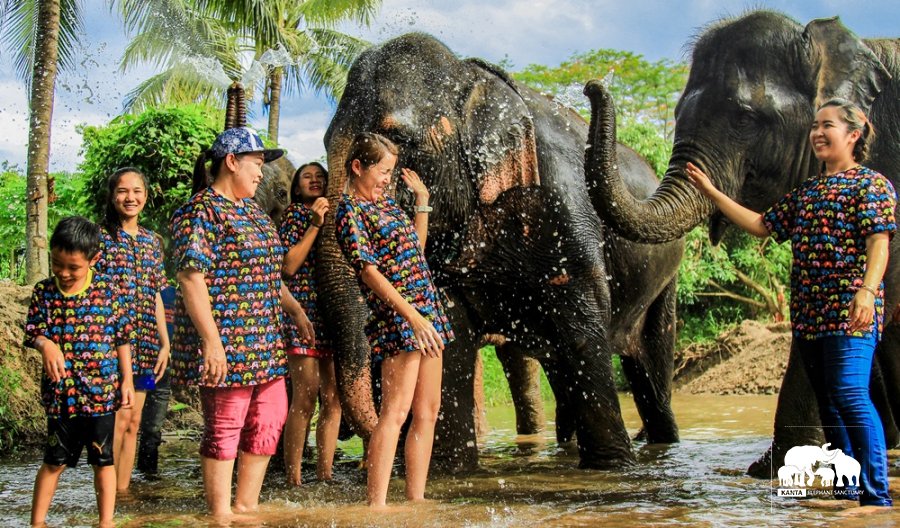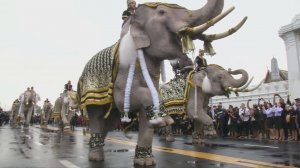The welfare of captive elephants is a topic of intense debate among animal managers, conservationists, scientists, the general public, animal welfare/rights groups and the media. Common concerns, especially on welfare, raised about elephant tourism in particular are complex in their nature and impact, and call for urgent scientific evaluation as well as for realistic solutions to ensure the sustainable and ethical management of captive elephants in the future.
The interaction between elephants and people has a long-standing cultural and commercial history and elephants continue to play a role in the economy. According to the International Union for the Conservation of Nature (IUCN) there are approximately 13,000 Asian elephants in captivity used for tourism, logging and transport throughout the Asian elephant range countries (AsERSM, 2006). The use of elephants in tourism camps is increasing; an estimated 2,700 elephants from an estimated total captive population of 4,500 are used for such purposes in Thailand (Pintawong et al., 2014).
For the tourist camps in ASEAN (Association of Southeast Asian Nations) countries, there are currently no acknowledged and/or widely used guidelines for best practices for the management and care of elephants. This has resulted in a large number of facilities operating with an insufficient capacity to manage captive elephants. Such facilities are extremely vulnerable to criticism, creating false assumptions about proper captive elephant management and undermining the reputation of good facilities.
Recognizing the urgent need to create more awareness about both the problems and the possible solutions as well as provide recommendations to improve health care and management practices for captive elephants in the ASEAN countries, a group of regional elephant specialists, veterinarians, researchers and conservationists formed an ASEAN Captive Elephant Working Group (ACEWG) in June 2015.






